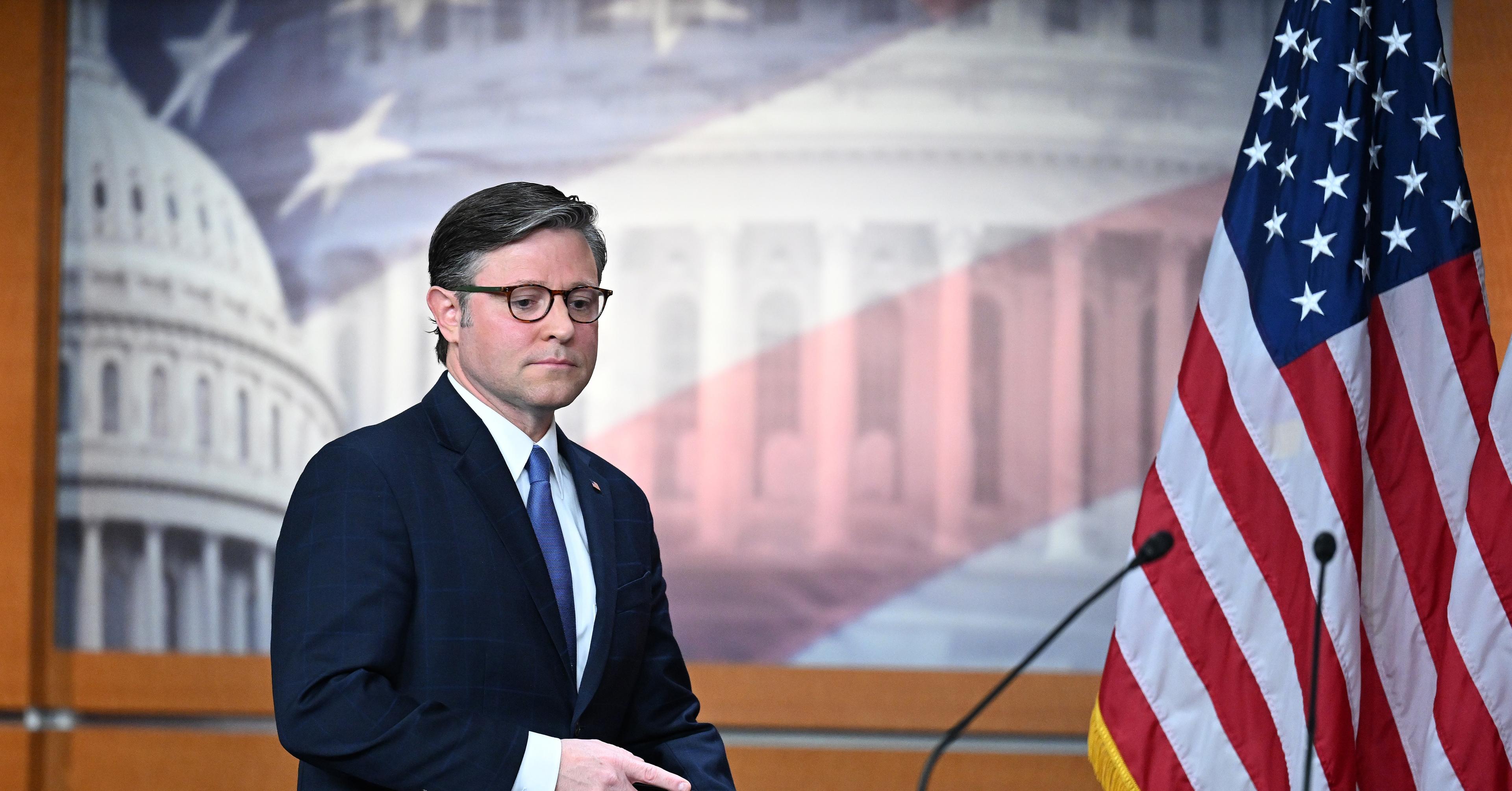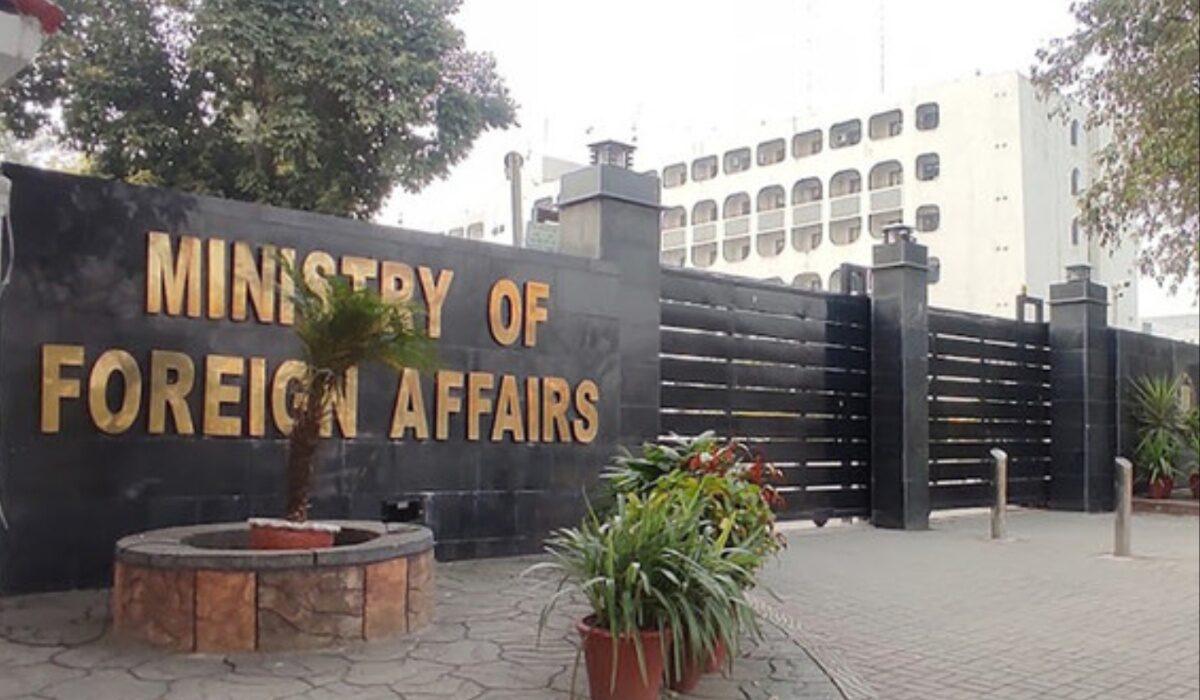The Environmental Protection Agency rolled out new rules today meant to crack down on pollution from power plants. It forces existing coal-fired power plants and newly built gas plants to capture nearly all of their planet-heating carbon dioxide emissions. The agency also set new limits on mercury emissions, water pollution, and coal ash from power plants.
Environmental and health advocates, however, are still waiting for the EPA to finalize rules for existing gas-fired power plants, which are the biggest source of electricity in the US. The Verge spoke with Regan about what comes next — from the looming presidential election to what technologies could be used to clean up the power grid and how to get communities more involved in the process.
“We all understand the sense of urgency”
This interview has been lightly edited for clarity and length.
The US generates more electricity from gas than any other source of energy. But the EPA’s new rules for power plant emissions don’t include existing gas-fired power plants.
The EPA says it’s delaying its decision to strengthen those rules, but that risks potentially leaving the policy up to another Trump administration. What’s so important that it’s worth slowing down and taking that gamble?
I think it’s a universal view shared not only by the EPA but by the environmental justice community, the environmental community, as well as industry. In addition to just looking at carbon reductions, the environmental justice community, the environmental community, also asked us to look at reducing toxic pollution as well.
We wanted to listen to our stakeholders, recognizing that we all understand the sense of urgency. But also adhering to the fact that we could do better. We can be more comprehensive. We can ensure that there were control technologies considered other than carbon capture and storage, which the environmental justice community asked us to do. And we also thought that this is a more strategic and impactful way to look at the existing gas universe in its entirety. So we believe that while recognizing the sense of urgency, collectively, there is an opportunity to get even more pollution reduction from existing gas sources.
How might you achieve those additional pollution reductions? How might the new rule for existing gas plants look different from what the EPA initially proposed last year?
We’re in the process of evaluating different combinations of control technologies — looking at the reliance on renewable energy, battery storage. We’re looking at and strongly evaluating best management practices for pollution reduction. Listen, the bottom line is a lot of these existing gas plants reside in close proximity to communities that have been disproportionately impacted for far too long. And so they want a more thoughtful and inclusive process on different types of approaches to reduce climate pollutants and toxic pollution. And they also want to better understand CCS technology — how all of these things will also impact their communities directly. So with this extended timeframe, we are maximizing the opportunity to be transparent, to take a closer look at all of the options on the table to reduce not just carbon but toxic pollution, and explain to the communities the choices that we’re making and the overall impact that it will have on their communities.
The Supreme Court decision on West Virginia v. EPA last June essentially said that the EPA can’t regulate greenhouse gas emissions in a way that determines what sources of energy the US uses. How big of a blow was that ruling for tackling climate change and the health effects from power plant pollution?
Let me just say that I feel very strongly that we are following the science and following the law. We have really measured twice and we’re cutting once. We recognize that the Supreme Court has spoken on past cases. The fact of the matter is that we have learned from the results of previous court cases, and we’re applying that knowledge moving forward. The four separate standards that we are issuing today are done in a very strategic manner that is consistent with the law and consistent with the Clean Air Act, the Clean Water Act, and all of our cleanup statutes as well.
“I feel very strongly that we are following the science and following the law.”
Today, we’re laying that suite of standards out so that the industry has adequate time to prepare for investment and strategic planning in a way that will comply with these rules in a very cost-effective manner. We know that based on our analysis and evaluation, this does not disrupt reliability, nor does it inflate prices, and so we feel really good. We’ve taken our time, and today is a really big day for the Biden administration.
I spoke to a woman last night from Newark, New Jersey. She lives in a neighborhood with three power plants within four square miles. She says they’re counting on you, that there are real lives at stake.
Her name is Maria Lopez-Nuñez. She wants the EPA to consider the cumulative impacts of multiple industrial facilities and multiple pollutants — not just carbon dioxide — that impact the community. Is that something you’ll do with this new power plant rule?
That’s something that we are doing. When you look at these four rules, we are tackling climate pollution. We are ensuring that the wastewater that’s discharged from those various plants in our neighborhood is not allowed to be put into the rivers and streams. We are ensuring that the mercury that comes from this coal doesn’t bioaccumulate in the fish that folks in the neighborhood might want to use for recreational purposes. Coal ash that has been stored in their communities in these unlined pits that are saturating the groundwater and drinking water, we’re putting a stop to that. Today, we are directly addressing those concerns that we’ve heard from her and from other members in communities all across the country. This is a very comprehensive approach. It’s an approach designed to tackle the pollution coming from our power sector. And again, it’s a smart approach that doesn’t compromise reliability or cost.
And what about the forthcoming rule for existing gas plants?
One of the reasons we’re taking more time is so that, as we tackle existing gas plants, we look at carbon, we look at nitrogen oxides, and we look at some of the toxins that are coming from these plants. So yes, we are looking at multiple pollutants that we can control by taking a little bit more time as the community — the environmental justice community and the environmental community — have asked us to do.
Maria and other advocates I’ve spoken to are also worried about carbon capture. This doesn’t clean up other kinds of pollution, and it prolongs dependence on fossil fuels, they say. Do you think the new rule for existing gas plants should still rely on carbon capture?
We are listening to Maria and others, which is why we are taking this second step. That is why we’re going through a very transparent process. We’re listening to the public. And we’re going to go on this journey together to ensure that the suite of options that we deem viable for existing sources takes into account the concerns that have been raised by the environmental community and the environmental justice community. We’re listening, and we hear Maria and her cohorts loud and clear.
So far, the EPA has only opened up a nonregulatory docket to gather input on a new emissions rule for existing gas plants, which sounds like it isn’t tied to any specific rulemaking. Can you explain why that’s a nonregulatory docket and what the next steps are to reach a final rule for existing power plants? Is there any chance this rule could get done before the election?
“For far too long, low-income communities of color and tribal communities have been disproportionately impacted by pollution from the power sector”
The process is underway, and I wouldn’t read too much into the first step. There are multiple steps that are a part of any rulemaking process, and I can assure you that the actions that we take to rein in the carbon pollution and toxic pollution from existing gas sources will go through the appropriate process that can withstand court challenges but also follow the science and follow the law.
I’ve heard you speak really passionately over the years about environmental justice and ending the legacy of fossil fuels disproportionately polluting communities of color and low-income neighborhoods. How do you reconcile that with the US still producing record amounts of oil and gas?
I think that it’s fair to say that President Biden has set the agenda. Leadership starts at the top, and he is the president that at least twice has said during the State of the Union address that environmental justice is a top priority for all of us. It goes without saying that, for far too long, low-income communities of color and tribal communities have been disproportionately impacted by pollution from the power sector and the chemical sector. What we’ve pledged is that we would apply our regulations equally under the law to protect everyone in this country, especially those who are disproportionately impacted or most vulnerable.
I took that Journey to Justice tour throughout the country, starting in the Southeast United States. When you spend time with families who have been impacted by cancer for multiple generations, when you see how close some of these homes are to chemical facilities and coal ash dump sites, you quickly realize that there are things that we can do, that we must do, that the president has asked us to do. That’s exactly what this EPA is doing.















